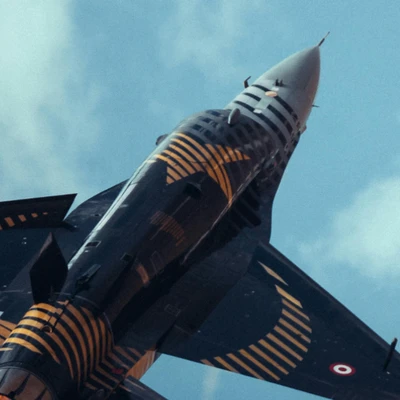Explore Business Standard
Explore Business Standard
)
Defence
The global security landscape is undergoing a profound transformation. Traditional paradigms of warfare, defined by territorial conquest and prolonged engagements, are being replaced by precision, speed, and technological dominance targeting the adversaries’ centre of gravity in diplomatic, information, military, and economic domains. India, as a rising power with complex regional dynamics and global aspirations, must recalibrate its military doctrine to remain strategically relevant. The evolution of India’s doctrine, particularly in the wake of Operation Sindoor, reflects a shift from reactive defence to proactive deterrence, integrating multi-domain capabilities and disruptive technologies.
Challenges and opportunities
India’s foremost strategic challenge remains its northern neighbour, China. The 2020 Galwan Valley clash underscored the volatility of the Line of Actual Control and the need for rapid mobilisation and technological parity. India must adopt a posture of calibrated assertiveness, leveraging Integrated Battle Groups (including Dhruva Brigades) and precision deterrence to counter Chinese salami-slicing tactics. The doctrine must emphasise agility, surveillance, and joint operations across land, air, cyber, space, and where applicable, in the maritime domain.
India’s Indo-Pacific strategy is both a geopolitical imperative and an economic opportunity. The region is witnessing increasing militarisation, with China’s assertiveness in the South China Sea and growing naval presence in the Indian Ocean. India must enhance its maritime capabilities, deepen partnerships through the Quad (grouping of Australia, India, Japan, and the United States) including exploring options for Quad Plus, and assert its role as a net security provider. Naval modernisation, anti-submarine warfare, and maritime domain awareness are critical to this endeavour.
Strategic autonomy must evolve from a posture of non-alignment to one of strategic connectivity. India, as a bridging power, can link East and West, North and South — offering normative leadership without ideological rigidity. This approach enhances diplomatic flexibility and positions India as a responsible global actor. The doctrine must prioritise technological superiority. The success of Operation Sindoor, characterised by drone-centric warfare and artificial intelligence (AI)-enabled systems, exemplifies the shift towards asymmetric, tech-intensive conflict resolution. Indigenous development of unmanned aerial systems, real-time intelligence fusion, and precision targeting must be institutionalised. Notably, the Chief of Army Staff, General Upendra Dwivedi, has outlined a comprehensive road map that includes restructuring operational and tactical-level formations. In his address at the 64th National Defence College course, he introduced the “Five Pillars of Transformation”, which emphasise jointness, force restructuring, and technological integration — key steps toward building a future-ready combat force.Climate-induced water stress and internal insurgencies pose multidimensional threats. India must integrate civil-military responses, enhance border infrastructure, and improve intelligence coordination to address these challenges. Water security must be treated as a strategic imperative, with implications for both domestic stability and regional diplomacy. Maritime interests demand robust naval capabilities. The Indian Ocean Region is central to trade, energy, and strategic influence. India must invest in port security, naval expansion, and maritime surveillance to safeguard its interests and counter external encroachments.
India’s counterterrorism strategy must shift from strategic restraint to deterrence by punishment. Operation Sindoor demonstrated the efficacy of precision strikes and narrative dominance in deterring state-sponsored terrorism. Intelligence-led operations, psychological ascendancy, and full-spectrum deterrence must be embedded in doctrine. India’s leadership in forums like G20 and Brics positions it as a voice for the Global South. Military diplomacy, humanitarian assistance, and capacity-building initiatives can reinforce India’s normative influence. Strategic partnerships with countries from Africa, Latin America, and the Association of South East Asian Nations must be deepened.
In this article : Military weapon
Next Story


